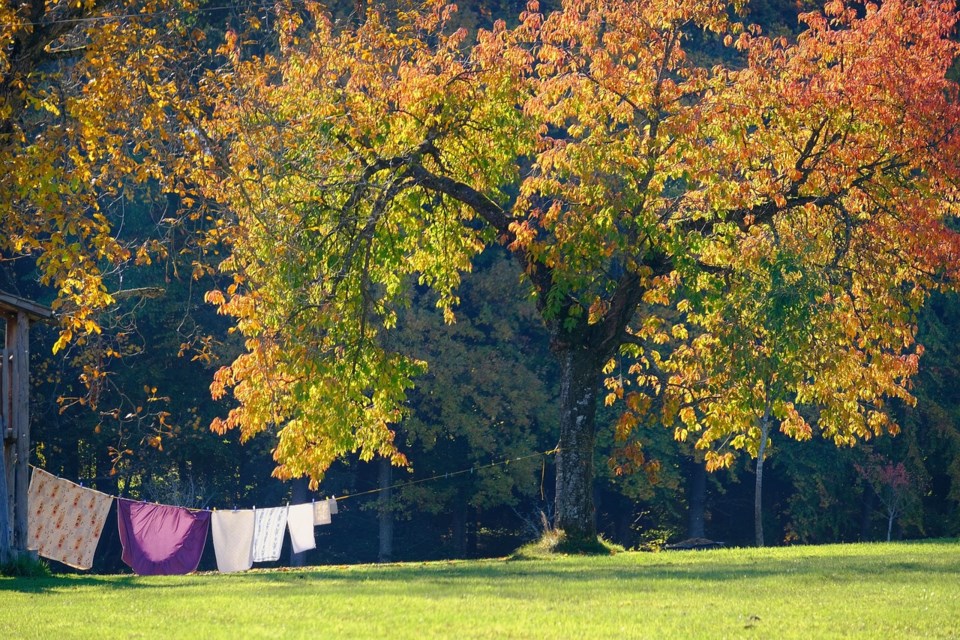As we bid farewell to the last of the year's warmth and welcome the crisp autumn breeze, our attention naturally turns to preparing our lawns for the colder months ahead.
Many homeowners in Ontario wonder when the right time is to give their lawns that one last trim before winter arrives. Keep reading to learn why the last cut of the season is so crucial and when exactly you should stop cutting your lawn in the fall.

The Importance of the Last Cut:
Before we dive into when you should stop cutting your lawn, let's first understand why that final trim is essential for the health of your grass. Cutting your lawn short before winter serves several critical purposes:
1. Disease Prevention: A shorter grass height reduces the risk of snow mold and other fungal diseases during the winter months. These diseases can thrive in longer grass and become problematic come spring.
2. Encourages Root Growth: Trimming the grass shorter in the fall allows the roots to focus their energy on strengthening and growing deeper. This leads to a more robust and resilient lawn next spring.
3. Aids Snow Removal: Shorter grass is easier to clear of leaves, debris, and snow during the winter season. This promotes a healthier lawn come springtime.

When to Stop Cutting Your Lawn:
Now that we understand the significance of that last cut, the next question is, "When should we stop cutting our lawns in the fall?" The timing can vary slightly depending on your specific location within Ontario and the weather conditions, but here are some general guidelines to follow:
1. Temperature and Growth Rate: Pay attention to the temperature and the rate at which your grass is still growing. In Ontario, you typically want to stop cutting your lawn in the fall when daytime temperatures consistently remain below 10°C.
2. Grass Height: Aim to maintain a grass height of around 2.5 to 3 inches before the final cut. You can gradually reduce the cutting height over the last few mowings in late summer and early fall.
3. Avoid Cutting Too Short: Never cut more than one-third of the grass height in a single mowing. Cutting your lawn too short can stress the grass and make it more susceptible to winter damage.
4. Leaf Cleanup: Before that last cut, be sure to clear your lawn of fallen leaves and other debris. Mowing over leaves can hinder grass growth and lead to an uneven cut.
5. Equipment Maintenance: Don't forget to properly maintain your lawnmower. A sharp blade ensures a clean cut, reducing stress on the grass.
Remember that every lawn is unique, and these guidelines are meant as a general rule of thumb. Local climate conditions, grass types, and individual lawn health can all influence the ideal timing for your last cut of the season.
By knowing when to stop cutting your lawn in the fall and following these guidelines, you can help ensure a healthier, more vibrant lawn when spring returns. So, grab your rake and lawnmower and get ready to bid your grass a temporary farewell as it rests and rejuvenates for the next growing season.




